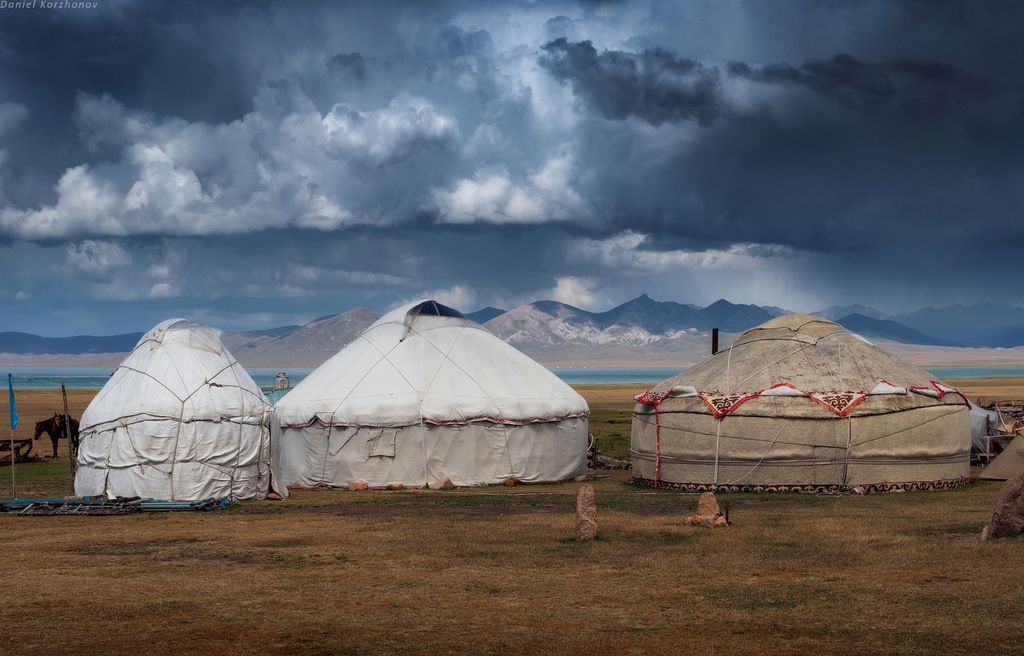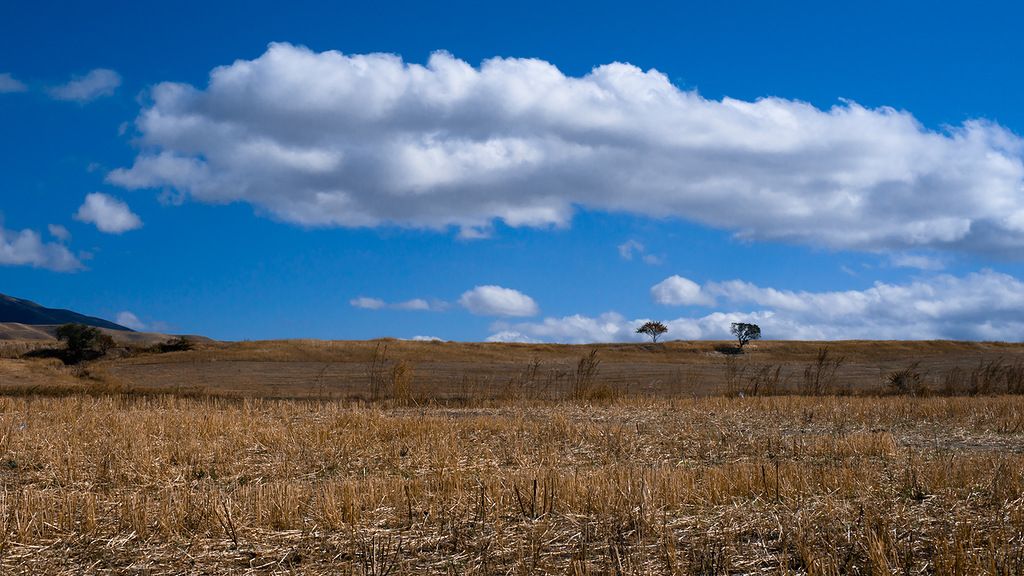Andrea, HB9DUR is currently active again as EX0DX from Kyrgyzstan.
He will operate on HF Bands and 6m Band.
Recent DX Spots EX0DX
QSL via home call.
Ads for direct QSL:
Andrea Bianchi, Via Arbostra 23 E, Pregassona 6963, Switzerland.
Kyrgyzstan is a country with a weak economy but a friendly population!
Kyrgyzstan is a country located in Central Asia, successfully bordering China. In addition to China, it shares borders with Kazakhstan (to the north), Tajikistan (to the southwest), and Uzbekistan (to the northwest). The country gained independence after the collapse of the Soviet Union in 1991, like the other countries of the former Soviet Union.

At the origins...
The Kyrgyz consider themselves descendants of as many as forty tribes that settled in the early 8th century in the Siberian region near the Yenisei River. Due to pressure from the Mongols, they were forced to move to other areas, which formed modern Kyrgyzstan. Here they were conquered by the Turkic and Karluk Khaganates. Several centuries later, Kyrgyzstan became the heart of the Kara-Khitai Khanate. When the Russian Empire expanded southward, this territory was captured and annexed to Turkmenistan.
In 1916, the population of Kyrgyzstan decided to revolt against the large influx of Russian peasants and the loss of pasture lands. After the communist regime took control of Kyrgyzstan, a patriotic movement formed almost immediately. These were the Basmachi, and they fought actively for the independence of their country. Protests against the creation and development of collective farms resulted in the slaughter of large numbers of domestic animals. Despite the establishment of strict communist control, the Kyrgyz people still maintained their nomadic way of life. After the collapse of the Soviet Union, the Kyrgyz people quickly transitioned to a democratic system, orienting their economy toward trade with the countries of Central Asia.

What are the characteristics of the Kyrgyz population?
The population of the northern regions of the country is more influenced by Russian culture, while the southern regions are more influenced by Uzbek traditions. The Naryn region, located in the very center of the republic, is a “pure” example of Kyrgyz national culture in cultural terms. Today, Kyrgyz people have a high birth rate. They became the ethnic majority in their own country only after gaining independence.
According to expert estimates, despite the relatively high level of emigration from the country, the Kyrgyz population will reach 6 million in 2016. Approximately 54% of the republic's population is ethnic Kyrgyz. The largest national minorities in the state are Russians and Uzbeks. The rest are groups of Ukrainians, Germans, Kazakhs, Tajiks, Koreans, and Chinese. Historically, many Germans and Russians were born in Kyrgyzstan, but after the collapse of the Soviet Union, they chose to return to their historical homeland. The government of the republic is doing everything possible to slow down emigration to Russia.

How are business and agriculture developing in Kyrgyzstan?
Kyrgyzstan is a country with fairly limited natural resources. Almost 95% of the republic's territory is mountainous, so there is little arable land in the country. Mountain ranges divide Kyrgyzstan into northern and southern parts. Almost the entire population of Kyrgyzstan lives in valleys along paved roads. The official language of the republic is Kyrgyz, which, along with Kazakh and Uzbek, belongs to the Turkic language group. In 2000, Russian was adopted as the second official language. It is widely used in business, as some Russians with permanent business interests in the republic do not speak Kyrgyz. All Kyrgyz children learn Russian and English in school.
About 35% of the population of Kyrgyzstan is employed in agriculture. Almost every family has its own garden or vegetable garden, which can meet its minimum food needs. Most residents keep cows, sheep, pigs, and chickens. Surplus meat and milk are usually sold to neighbors or at the market. Since the unemployment rate in the country is quite high, people earn money by trading at rural or urban markets. Since independence, most of the republic's factories and plants have been closed or are operating at minimal production capacity. Kyrgyzstan is highly dependent on exports from China and Turkey. Kyrgyzstan's main trading partners within the CIS are Uzbekistan, Kazakhstan, and Russia, as well as Germany, China, the United States, and South Korea.
Although Kyrgyzstan's economy is based on agriculture, livestock farming, and mining, the republic also has poorly developed deposits of gold, mercury, bismuth, copper, tungsten, and coal. It is known that active exploration of deposits and oil and gas production are underway in the country, but the results are not very impressive so far.
Video Kyrgyzstan

